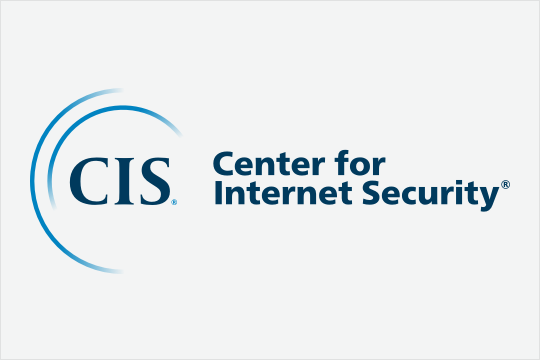Advisories
The latest information on known vulnerabilities in popular software and systems
1 - 10 of 212 results
Issued on 01.14.2025
Multiple vulnerabilities have been discovered in Adobe products, the most severe of which could allow for arbitrary code execution. Successful ex...
Issued on 01.14.2025
Multiple vulnerabilities have been discovered in Microsoft products, the most severe of which could allow for remote code execution in the contex...
Issued on 01.14.2025
Multiple Vulnerabilities have been discovered in Ivanti Avalanche, the most severe of which could allow for authentication bypass. Ivanti Avalanc...
Issued on 01.14.2025
Multiple vulnerabilities have been discovered Fortinet Products, the most severe of which could allow for remote code execution. FortiManager is ...
Issued on 01.09.2025
Multiple vulnerabilities have been discovered in Ivanti Products, the most severe of which could allow for remote code execution. Ivanti Endpoint...
Issued on 01.09.2025
Multiple vulnerabilities have been discovered in SonicWall SonicOS that could allow for authentication bypass. SonicOS is SonicWall’s operating s...
Issued on 12.23.2024
A vulnerability has been discovered in Apache Struts2, which could allow for remote code execution. Apache Struts2 is an open-source web applicat...
Issued on 12.19.2024
Multiple Vulnerabilities have been discovered in Sophos Firewall, the most severe of which could allow for remote code execution. Sophos Firewall...
Issued on 12.12.2024
A vulnerability has been discovered in multiple Cleo products that could allow for remote code execution. Cleo’s LexiCom, VLTransfer, and Harmony...
Issued on 12.11.2024
Multiple vulnerabilities have been discovered in Ivanti Cloud Services Application (CSA), the most severe of which could allow for remote code ex...
Explore Related Cybersecurity Solutions

Safeguard IT systems against cyber threats with more than 100 configuration guidelines across more than 25 vendor product families.
Learn MoreProtect your organization from cyber-attacks with globally recognized CIS Controls, companion guides, and mappings.
Learn MoreCIS CyberMarket
Learn MoreCIS Hardened Images
Learn MoreCIS SecureSuite
Learn MoreCIS Services
Learn MoreAccess resources for threat prevention, protection, response, and recovery for U.S. State, Local, Tribal, and Territorial (SLTT) government entities.
Learn MoreAccess resources for threat prevention, protection, response, and recovery for U.S. State, Local, Tribal, and Territorial (SLTT) government entities.
Learn More